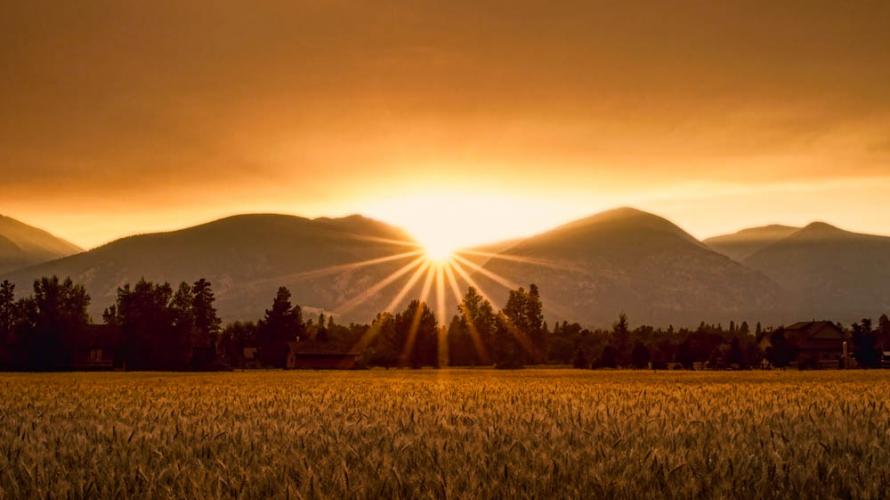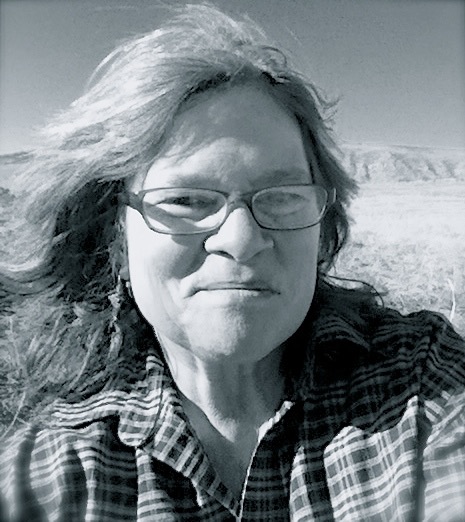
 Jenna Caplette migrated from California to Montana in the early 1970s, first living on the Crow Indian reservation. A Healing Arts Practitioner, she owns Bozeman BodyTalk & Integrative Healthcare. She says, " Health is resiliency, a zest for the journey. It’s about coming awake to the joy of being alive. As a practitioner, its a privilege to facilitate that healing process, to help weave new patterns of health & well-being.
Jenna Caplette migrated from California to Montana in the early 1970s, first living on the Crow Indian reservation. A Healing Arts Practitioner, she owns Bozeman BodyTalk & Integrative Healthcare. She says, " Health is resiliency, a zest for the journey. It’s about coming awake to the joy of being alive. As a practitioner, its a privilege to facilitate that healing process, to help weave new patterns of health & well-being.
Walking with my dog at near-sunset near Bozeman’s Cherry River Fishing access, I noticed a young man standing near a pickup in the parking lot for the trail. He stood unmoving, facing the setting sun, drinking in it’s light for as long as he could. It was a beautiful testimony to the power of light.
Light is the heart and soul, the essence of pictorial photography. In a literal sense, photography is painting with light.
Light has color, intensity, and direction. As spring lengthens toward summer, the light seems to warm. It hits an array of color that did not exist during the stark brown and white months of winter. Environmental influences like greening trees give light a different flavor.
Longer periods of high overhead light allow more opportunity to photograph little things, like delicate American Beauty and Spring Beauties tucked low in the shadow of surrounding grasses. When the light is intense, use a diffuser to soften it. A translucent diffuser can be an amazing aide in softening direct light for flowers that are in full sun. Or use lighting accessories like reflectors to catch and redirect available sunlight to fill shadows. Consider a gold reflector to mimic sunset light and warm colors.
Find a subject matter that excites you, and return to it in various qualities of light to experience how light defines an image. Go out on an overcast day. Look at the details rather than the whole picture. Practice noticing how light interacts with photographic subjects whether or not you have your camera with you. Look from the big picture to the smaller details.Recognize photographic opportunities; learn your camera and shoot often so it becomes an extension of your vision, rather than an interruption of it.
Light itself can be the subject of an image; though more often, a photographer will look for an object that expresses the light. While light is always one of the most important elements, photographing light itself – like a sunset – can create a pretty common image. On the other hand, evening light streaming through Thunderheads, or the sun setting through smoke-filled skies, can transform the mundane into a fiery magnificence.
The path that leads to capturing an extraordinary image is not the subject matter itself, but extraordinary light. Let your photography be a vehicle of exploration, for noticing and capturing how each season, each time of day, or night, expresses itself.
